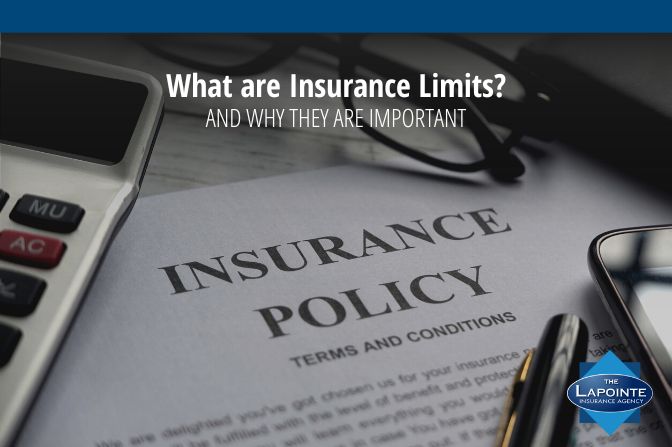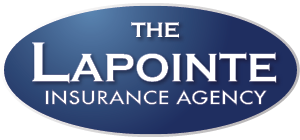What are Insurance Limits?
- Posted by Daniel Simcock
- On March 16, 2023
- aggregate limit, auto insurance, bodily injury, home insurance, liability, liability insurance, limits, per occurence, property damage

Main Ideas
- Insurance limits refer to the maximum amount of money an insurance company will pay out for a covered loss.
- Home insurance limits include per occurrence and aggregate limits, while auto insurance limits include bodily injury and property damage limits.
- It’s important to choose an insurance policy with limits that adequately cover your assets and potential risks to avoid paying out of pocket for damages or injuries that exceed the policy limits.
When it comes to choosing the right insurance policy, understanding the coverage limits is crucial. The limit is the maximum amount of money an insurance company will pay out for a covered loss. In this article, we will define what a limit is and provide examples as they relate to home insurance and auto insurance.
Home Insurance Limits
Home insurance is a type of insurance policy that covers damages to a person’s home and personal property. Home insurance limits refer to the maximum amount of money an insurance company will pay out for a covered loss. There are two types of limits in home insurance: per occurrence and aggregate limits.
Per occurrence limits refer to the maximum amount of money an insurance company will pay for a single claim. For example, if a homeowner’s policy has a $250,000 per occurrence limit for dwelling coverage, the insurance company will pay a maximum of $250,000 for damages caused by a single event, such as a fire.
Aggregate limits refer to the maximum amount of money an insurance company will pay for all claims during the policy period. For example, if a homeowner’s policy has a $500,000 aggregate limit for liability coverage, the insurance company will pay a maximum of $500,000 for all claims made against the policy during the policy period.
Auto Insurance Limits
Auto insurance is a type of insurance policy that covers damages to a person’s vehicle and liability for any damages caused to others. Auto insurance limits refer to the maximum amount of money an insurance company will pay out for a covered loss. There are two types of limits in auto insurance: bodily injury and property damage.
Bodily injury limits refer to the maximum amount of money an insurance company will pay for injuries caused to others in an accident. For example, if a driver’s policy has a $100,000 bodily injury limit per person and $300,000 bodily injury limit per accident, the insurance company will pay a maximum of $100,000 per person injured and $300,000 for all injuries in a single accident.
Property damage limits refer to the maximum amount of money an insurance company will pay for damages caused to someone else’s property in an accident. For example, if a driver’s policy has a $50,000 property damage limit, the insurance company will pay a maximum of $50,000 for damages to the other person’s property in an accident.
In addition to these two limits, auto insurance can distribute the payouts for these limits in a couple different ways – combined single limit (CSL) or split limit coverage.
Why Insurance Limits Matter
Understanding insurance limits is crucial when choosing an insurance policy. It’s important to choose a policy with limits that adequately cover your assets and potential risks. If you choose a policy with limits that are too low, you may be responsible for paying out of pocket for damages or injuries that exceed the policy limits. On the other hand, if you choose a policy with limits that are too high, you may be paying for coverage that you don’t need.
In conclusion, insurance limits are the maximum amount of money an insurance company will pay out for a covered loss. They are essential to understand when choosing an insurance policy. Home insurance limits include per occurrence and aggregate limits, while auto insurance limits include bodily injury and property damage limits. It’s important to choose an insurance policy with limits that adequately cover your assets and potential risks.
We hope this article was helpful. If we didn’t cover a specific question, please feel free to contribute to the comments below or reach out to us directly at info@lapointeins.com.


